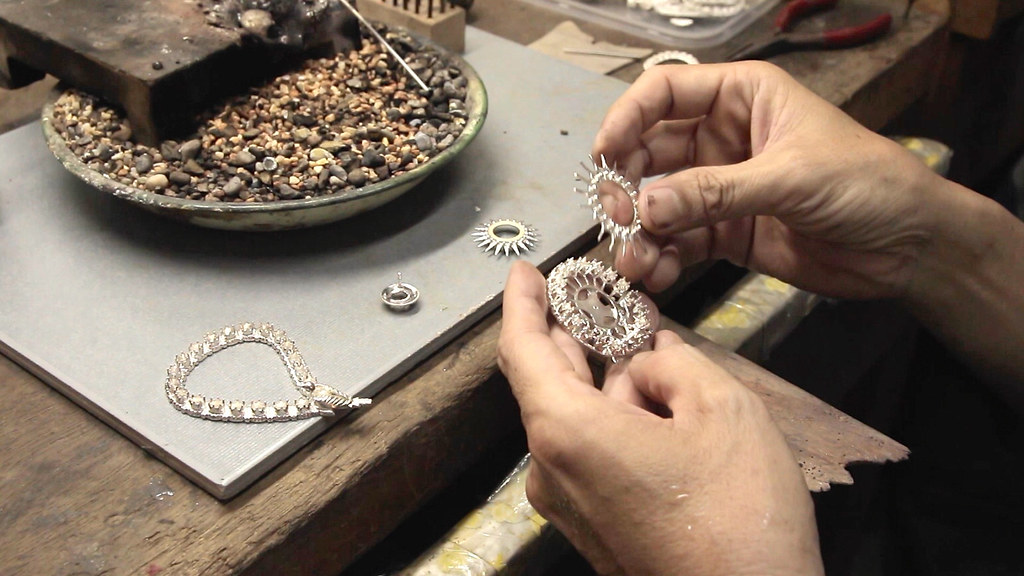START YOUR PROJECT

The Art of Inlay: Adding Intricate Details to Woodworking and Jewelry
The art of inlay is a timeless technique that has been used in woodworking and jewelry making for centuries, adding intricate and decorative details to various objects. By embedding contrasting materials into surfaces, artisans can create visually stunning designs that highlight the beauty of both the base material and the inlay. Whether in woodworking or jewelry, mastering inlay techniques requires precision, skill, and an understanding of how different materials interact.
Woodworking Inlay Techniques
Inlay is a woodworking technique that involves inserting contrasting materials into a solid wood surface to create intricate designs or patterns. Common materials used in woodworking inlay include metals, such as brass or silver, and other woods with different colors or grain patterns. The process requires precision and skill, as the inlaid materials must fit seamlessly into the surrounding wood surface.
Types of Woodworking Inlay
There are several types of woodworking inlay techniques, including straight-line inlay, where the inlaid material is inserted into a straight groove cut into the wood, and curved-line inlay, where the groove follows a curved design. Another common technique is marquetry, where thin pieces of wood are cut and arranged to create a decorative pattern or image.
Jewelry Inlay Techniques
Inlay is also commonly used in jewelry making to add detail and texture to metal surfaces. Inlay can be achieved using various materials, such as gemstones, shells, or enamel. The process involves cutting a cavity into the metal surface and then filling it with the desired inlay material, which is then polished to create a smooth, flush surface.
History and Cultural Significance
Inlay has a long history and has been used in various cultures around the world for centuries. Inlay techniques have been used to create intricate designs in furniture, musical instruments, and decorative objects. Inlay is often associated with luxury and craftsmanship, and pieces featuring inlay are highly valued for their beauty and detail.
Inlay work, whether in woodworking or jewelry, continues to captivate with its intricate designs and the level of skill required to execute it. From the precise techniques used to create straight-line and curved patterns in wood to the delicate process of embedding gemstones into metal, inlay remains a symbol of craftsmanship and artistry. Its long history across various cultures underscores its enduring appeal and value.
